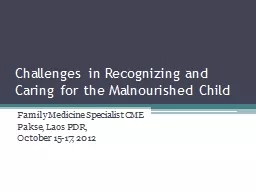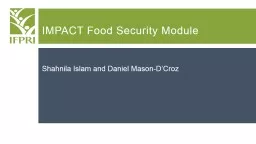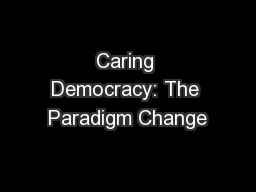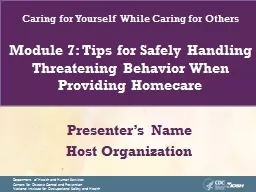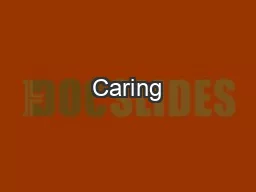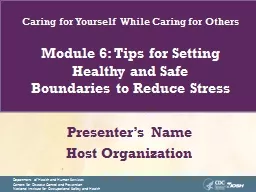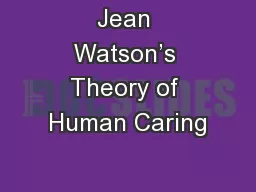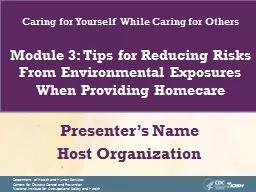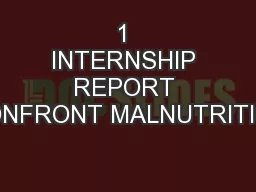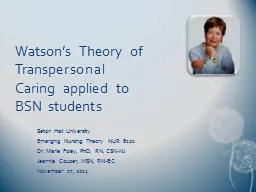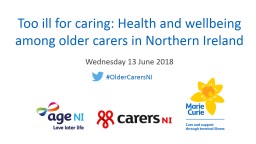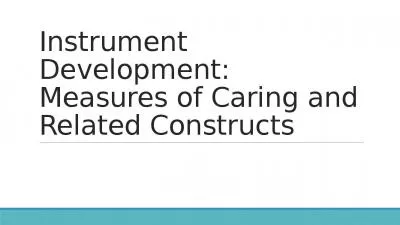PPT-Challenges in Recognizing and Caring for the Malnourished C
Author : alexa-scheidler | Published Date : 2016-11-16
Family Medicine Specialist CME Pakse Laos PDR October 1517 2012 Objectives Using case studies recognize the common clinical finding of malnutrition Discuss challenges
Presentation Embed Code
Download Presentation
Download Presentation The PPT/PDF document "Challenges in Recognizing and Caring for..." is the property of its rightful owner. Permission is granted to download and print the materials on this website for personal, non-commercial use only, and to display it on your personal computer provided you do not modify the materials and that you retain all copyright notices contained in the materials. By downloading content from our website, you accept the terms of this agreement.
Challenges in Recognizing and Caring for the Malnourished C: Transcript
Download Rules Of Document
"Challenges in Recognizing and Caring for the Malnourished C"The content belongs to its owner. You may download and print it for personal use, without modification, and keep all copyright notices. By downloading, you agree to these terms.
Related Documents

